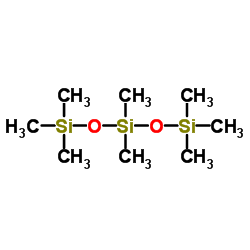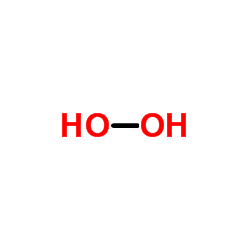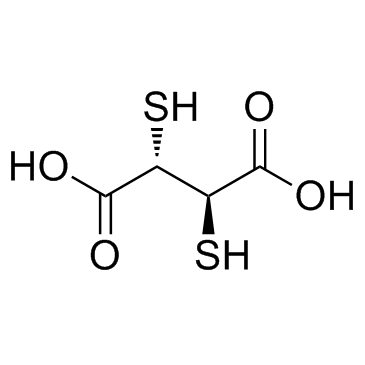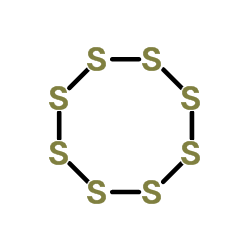| Structure | Name/CAS No. | Articles |
|---|---|---|
 |
Glycerol
CAS:56-81-5 |
|
 |
Octamethyltrisiloxane
CAS:107-51-7 |
|
 |
Sodium hydroxide
CAS:1310-73-2 |
|
 |
Hexamethyldisiloxane
CAS:107-46-0 |
|
 |
Hydrogen peroxide
CAS:7722-84-1 |
|
 |
dms
CAS:75-18-3 |
|
 |
Dimethyl sulfoxide
CAS:67-68-5 |
|
 |
3-Ethyl-2,4-pentanedione
CAS:1540-34-7 |
|
 |
Succimer
CAS:304-55-2 |
|
 |
Sulfur
CAS:7704-34-9 |